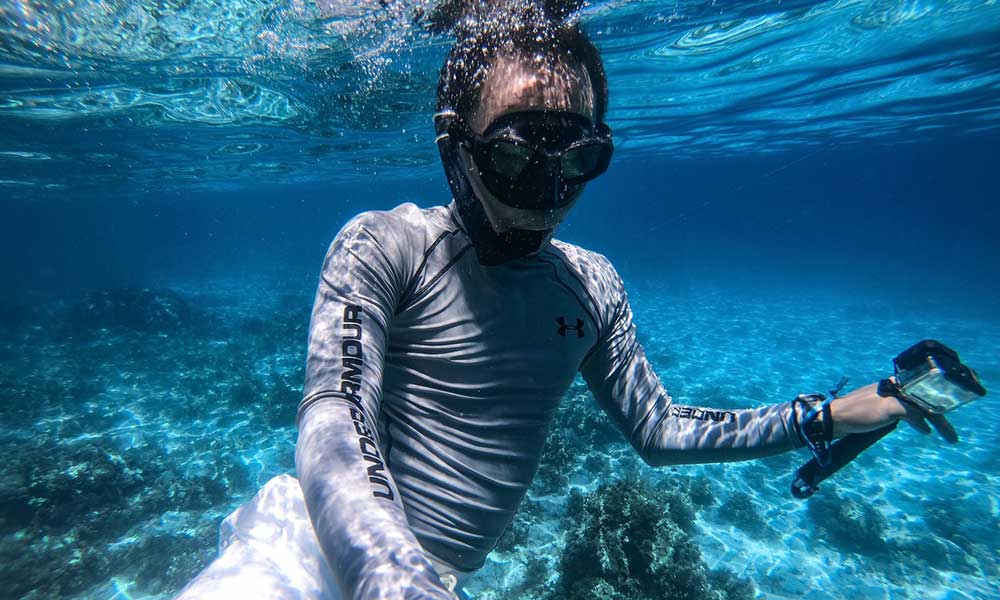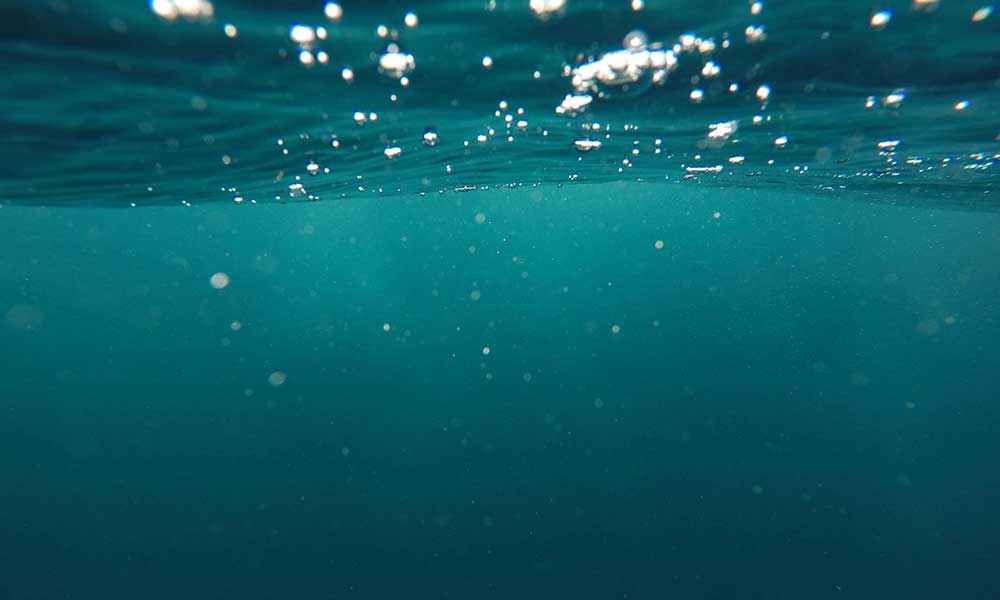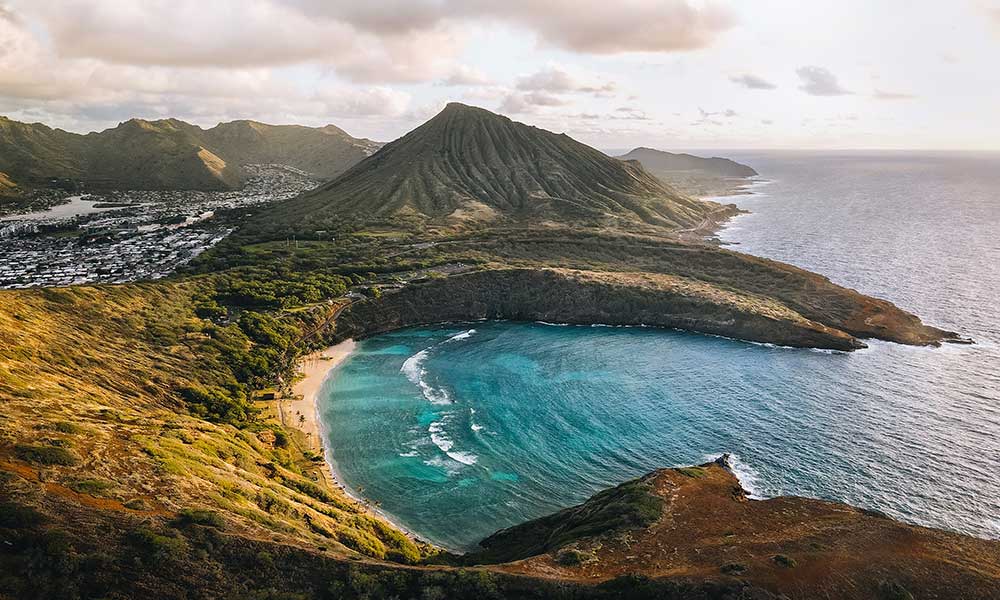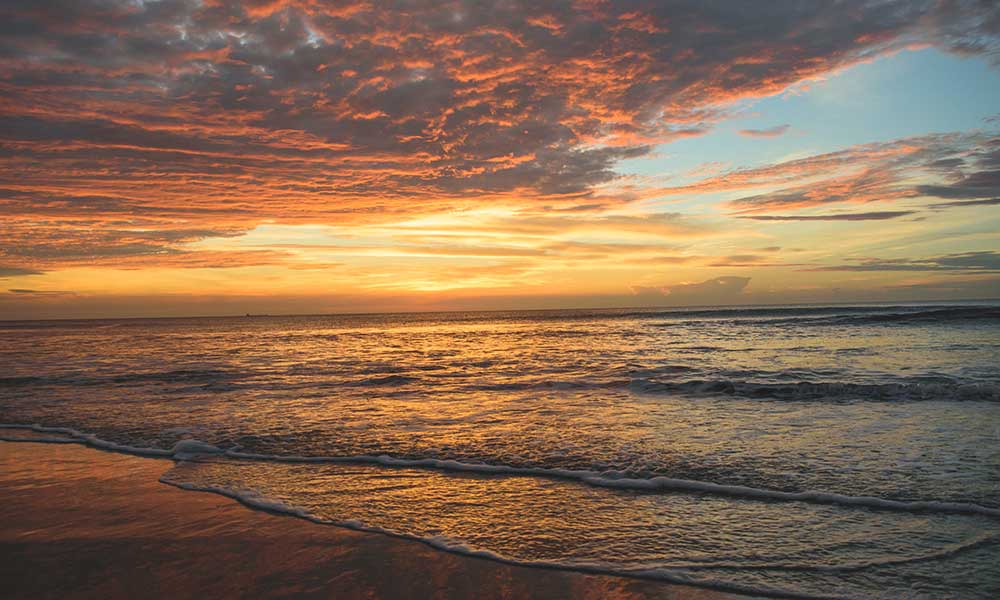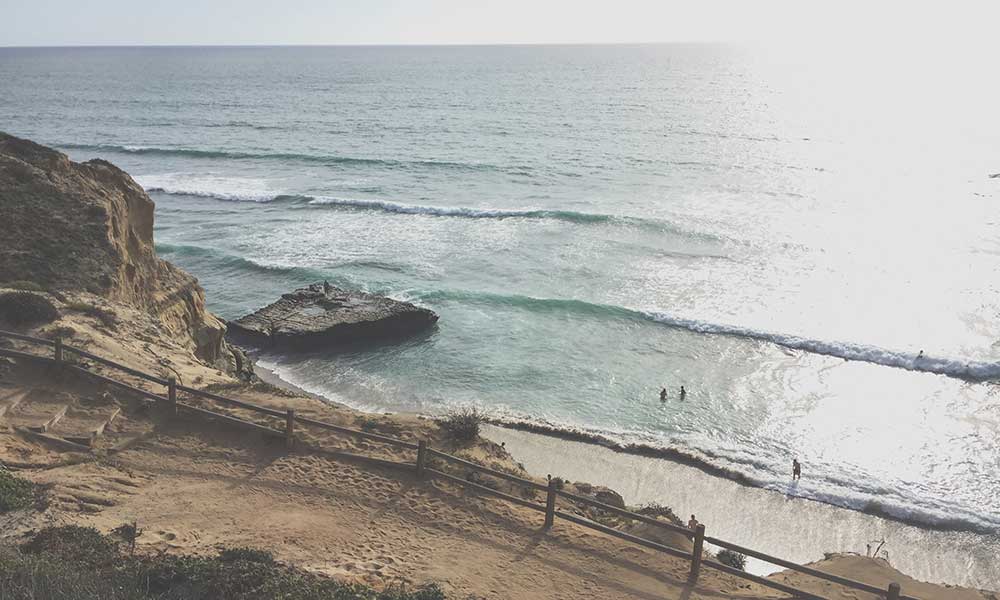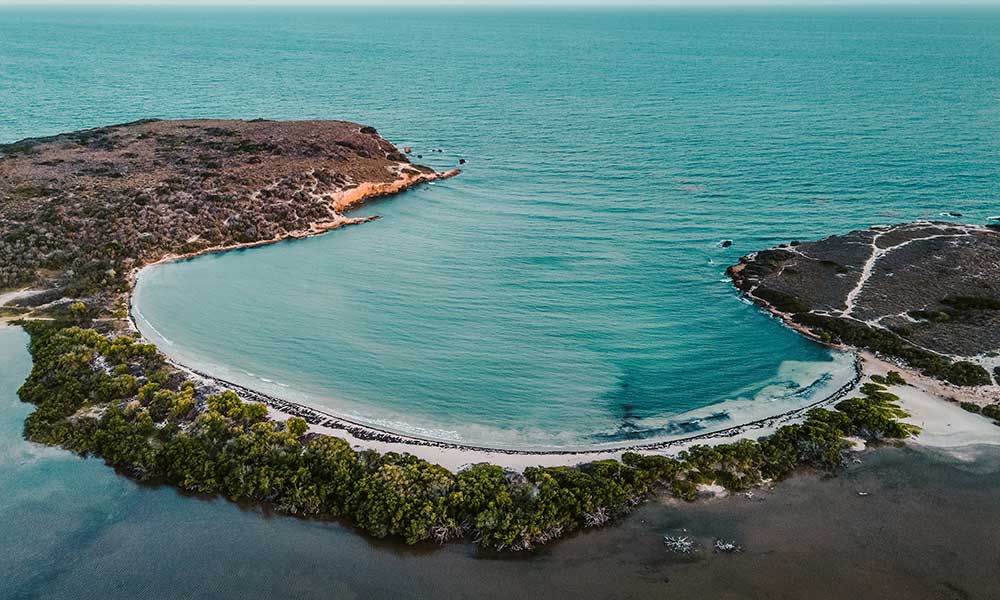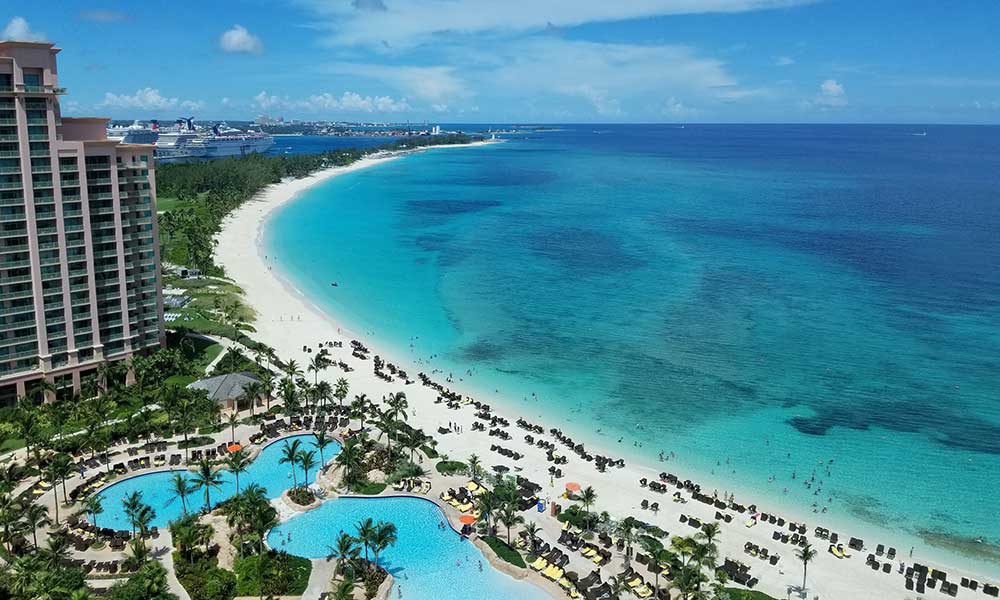What snorkeling gear do you need, is it better to rent or buy, and how do you know which gear to get?
We will address those questions and more in this guide to snorkeling gear.
Should I Rent or Buy Snorkel Gear?
There are pros and cons to renting vs buying. There is no “better” option and it really depends on you, your budget, and your snorkeling trip.
Pros and Cons of Renting Snorkel Gear
When you rent snorkeling gear, you don’t need to take the equipment with you everywhere that you go.
There’s no need to find room in your luggage or car and can just collect when you’re there and then drop them off when you’re finished.
Renting snorkeling gear is also the cheaper option and it’s much more convenient if you’re only going to be snorkeling once or twice.
What’s the point of buying the best snorkel gear for a single outing, only for it to spend the next few years gathering dust in your basement before being discarded?
Renting may also be a cheaper option for kids’ snorkeling gear, as they’re constantly growing out of them.
The obvious downside is that you won’t own the equipment and if you’re making regular trips, it will cost you much more in the long run.
You don’t know where the snorkel gear has been, either.
And considering snorkel sets go in mouths and flippers go on feet, that might be hard to swallow for some people.
Pros and Cons of Buying Snorkel Gear
If you’re snorkeling on a regular basis, buying snorkeling gear makes more sense.
You’ll save much more cash in the long run and you’ll also have more freedom when purchasing, allowing you to find the right snorkeling gear down to the last millimeter and feature.
There are no sanitation risks and you don’t need to stay on the lookout for rental companies and suitable rental gear every time you go on a snorkeling trip.
The Best Snorkeling Gear
Good gear is the key to a memorable snorkeling trip, ensuring that you’re safe, warm, and protected in the water.
Whether you’re renting or buying your own snorkeling gear, keep an eye out for the following equipment:
A Snorkel
If you’re buying a mask and snorkel set, it will include the snorkel.
If not, you will need to buy the snorkel separately.
Snorkels are available as Classic, Dry Top, and Semi-Dry Top:
Classic Snorkels
Classic snorkels are open at the top to allow you to breathe when you are floating on top of the water.
It’s one of the most common snorkel types, but it’s not without issue as the snorkel tube will fill with water when a wave hits.
Dry Snorkels
The dry snorkel closes when you go underwater, preventing water from getting inside and also restricting airflow.
Semi-Dry Snorkels
A semi-dry snorkel partly closes at the top, preventing water from getting inside while still allowing some breathing room.
Snorkeling Mask
Look for a comfortable mask that fits snugly and provides a clear visual experience.
Some masks will fog, others will leak, and these issues destroy the snorkeling experience.
Make sure that your chosen snorkeling mask has a tempered glass lens as opposed to plastic.
Plastic lenses scratch easily and are not as durable as glass options.
It should also have a silicone skirt to help with the suction and an anti-fog lens to prevent fogging during deeper dives and temperature changes.
Some snorkeling masks come as full sets and include the snorkel as well.
Snorkeling Fins
Swim fins are an important piece of snorkeling gear that will make it easier to glide through the water, reducing fatigue and giving you more power and thrust.
You can choose between long fins and small fins (the former allow for more power but the latter are easier to transport and wear), as well as closed and adjustable heel.
A closed heel is not adjustable and so you’ll need to find one that fits and is comfortable.
An adjustable heel has more of an open design and can be adjusted until it fits.
A Rash Guard
A rash guard is basically a protective shirt designed for use when swimming, surfing, wakeboarding, bodyboarding, and snorkeling.
It is available in a loose or tight fit and will provide some UV protection.
Rash guards get their name because they reduce the risk of chafing when you’re paddling on a waxed surfboard.
There are no such issues with snorkeling, but it’s still an important piece of snorkel gear thanks to the added sun protection.
Mini Air Tank
A mini air tank allows you to dive a little deeper, combining snorkeling with scuba diving to explore several feet below the surface.
They usually provide up to 5 minutes of oxygen, and while that’s not enough to dive deep and explore like you would when scuba diving, it will still expand your exploration range.
Experienced snorkelers will benefit from having a mini air tank on hand just in case they want to dive deeper.
However, it’s not an essential piece of snorkel gear for beginners.
Not only can you snorkel without a mini air tank but adding one of these to your shopping cart could set you back between $150 and $300, which is more than you will pay for all of the other snorkeling equipment combined.
Summary: Renting and Buying Your Own Snorkeling Gear
Whatever snorkel gear you choose—whether it’s a premium dry snorkel set complete with fins and a rash guard/snorkeling vest, or something cheaper and simpler—make sure you’re buying from a trusted manufacturer.
Check the reviews, look at the returns policy, and pay attention to the materials used.
You don’t want your snorkel mouthpiece to fail you or your snorkel mask to fog when you’re enjoying yourself in the warm water surrounded by beautiful marine life.

